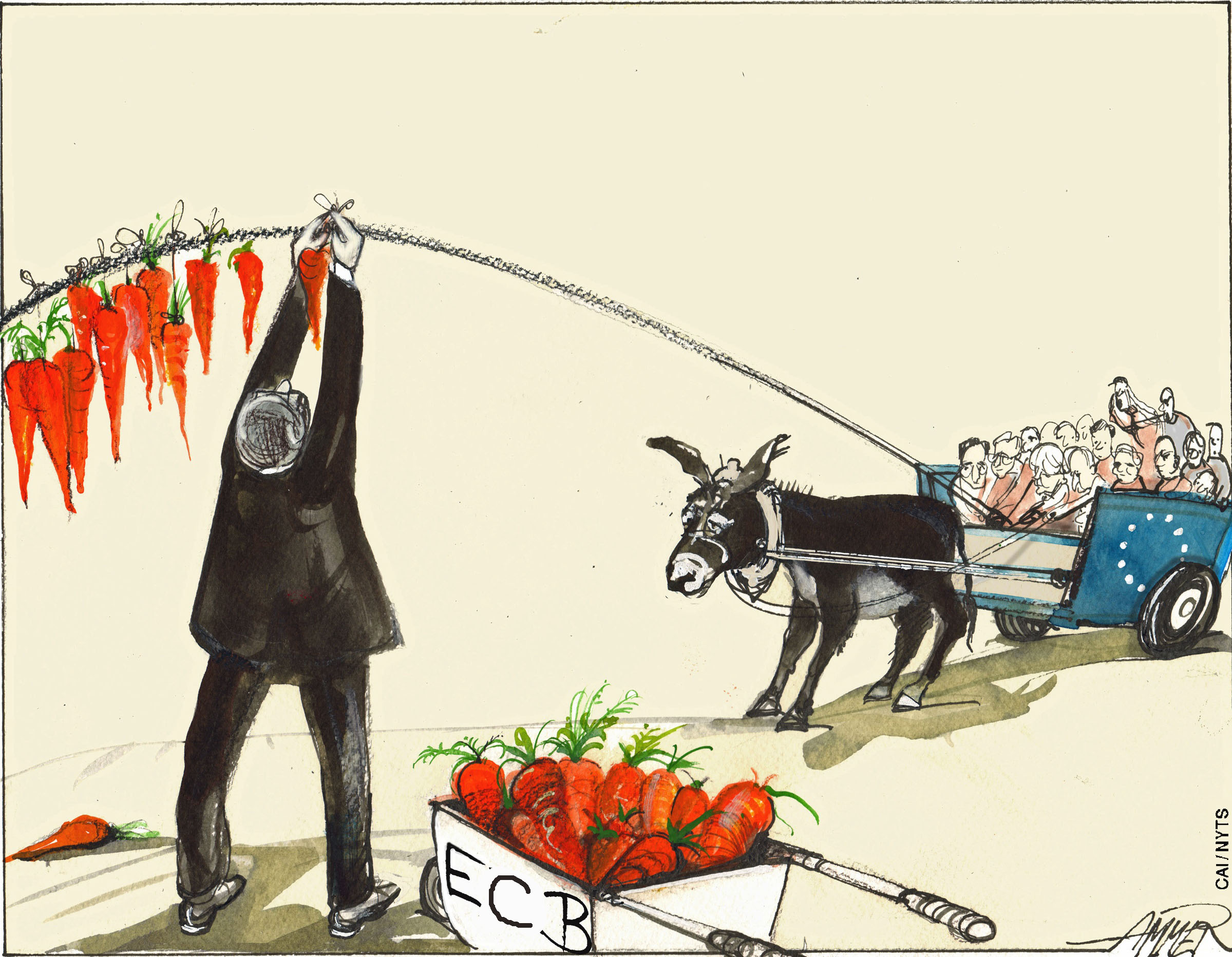After a double-dip recession and an extended period of stagnation, the eurozone is finally seeing green shoots of recovery. Consumer confidence is rising. Retail sales and new car registrations are up. The European Commission foresees 1.3 percent growth this year, which is not bad by European standards. But it could be very bad for European reform.
It is not hard to see why growth has picked up. Most obviously, the European Central Bank announced a very ambitious program of asset purchases — quantitative easing — in late January. That prospect rapidly drove down the euro's exchange rate, enhancing the international competitiveness of European goods.
But the euro's depreciation is too recent to have made much difference yet. Historical evidence, not to mention Japan's experience with a falling yen, suggests that it takes several quarters, or even years, before the positive impact of currency depreciation on net exports is felt.


















With your current subscription plan you can comment on stories. However, before writing your first comment, please create a display name in the Profile section of your subscriber account page.